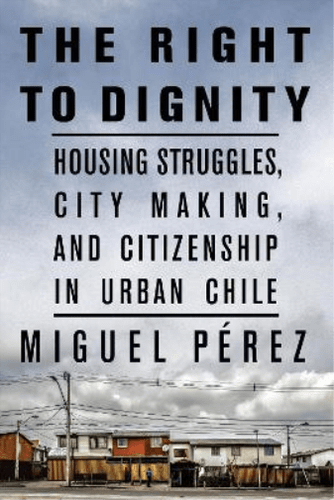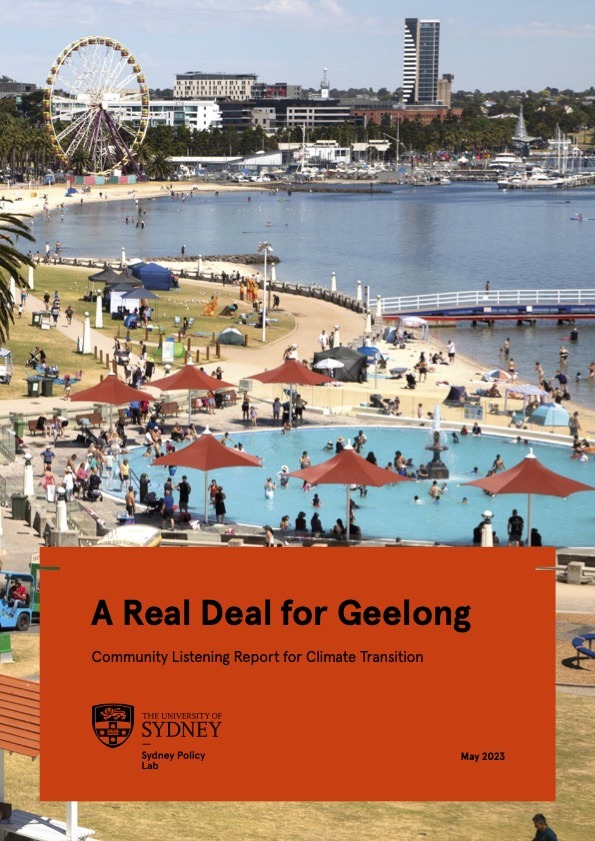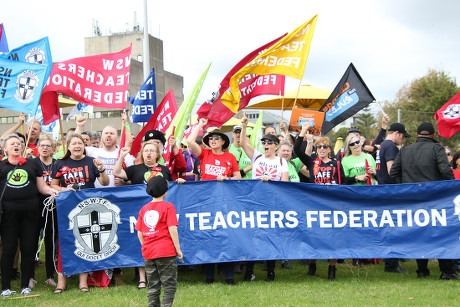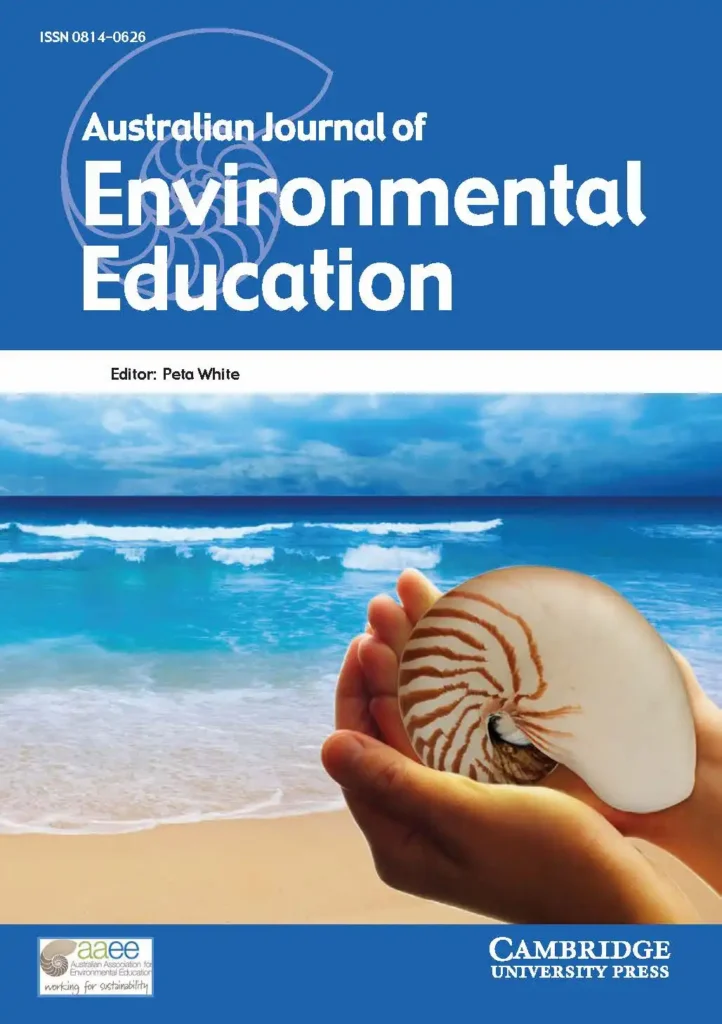Research
The people power strategies of the Pobladores housing movement? A review of the right to dignity: housing struggles, city making and citizenship in Urban Chile (book review
This article looks at the spread and transmission of different forms of people power across the world.
Summary:
Book review of Miguel Pérez’s Right to Dignity – exploring the power of prefiguring in times of dictatorship and authoritarianism.
Abstract
The famous community organiser Saul Alinsky started to sketch out his now famous community organising method in, what he described as, the ‘slums of Chicago’. Before he became an organiser he was an urban ethnographer, mentored by the University of Chicago’s radical sociology department led by Robert Park and Ernest Burgess. His new way of building power with and across communities drew on the power of listening and relating that lies at the heart of good ethnographic research.
Eighty years later, using a method not unlike that of Alinsky’s, Miguel Pérez has deployed relational ethnography to share and explore the strategies of another remarkable social movement. Yet in Pérez’s study, almost everything else is different. His work in and with the Pobladores Movement and their struggle for housing and collective dignity is set in a very different economic, social and cultural space, where you can’t even take the rules of representative democracy for granted. Right to Dignity not only documents a powerful case study of a decades long housing campaign. It presents teachable lessons about urban people power that will inspire other urban movements around the world.
Right to Dignity traverses the many decades of Pobladores struggle and the various strategies they have used to seek housing and dignity. As a scholar and practitioner of people power strategies (Tattersall & Iveson, Citation2021), my aim here is to explore how the book investigates the strategic choices that this movement has made. Pérez’s movement-facing ethnography allows him to shine a light on these choices. This is important to emphasise. Too often social movement literature operates parallel to social movement practice, making claims that bemuse or are alien to social movement practitioners, or are simply not relevant to the pressing questions faced by movements (Bevington & Dixon, Citation2005; Maney & Kutz-Flamenbaum, Citation2012). Dignity in the City is different. Pérez uses a three-fold approach; he draws from the experience of movement leaders; he focuses on strategy and not ideology; and he applies a very grounded interpretation of selected social movement scholarship. Combined, Pérez develops new insights about the Pobladores movement strategy.
In researching hundreds of examples and seven case studies of people power across the cities of the world, my colleague Kurt Iveson and I argue that there are five dominant forms of ‘people power’. People power was first heard as a battle cry in the Philippines in its democracy movement of the 1980s. Today it is a commonplace phrase in social movements. We seek to give the phrase a more distinctive shape, using it to describe the range of choices that movements use to take collective action as they advance claims for change and rebuild the space for democratic participation in the city.
These forms of people power include:
- Playing by the rules: where people individually or collectively use the formal avenues of democratic participation to influence their city (such as consultation, voting, lobbying or the courts)
- Mobilising: where people come together in large numbers to protest and demonstrate
- Organising: where power is built by supporting connected and skilled local leaders who are capable of sustained collective action through their involvement in institutions and alliances
- Prefiguring: where people demonstrate, model or ‘prefigure’ what they want to change in the city by enacting it through the power of example
- Running for office: where people form political parties or city-based electoral platforms to contest elections and run for office
Each of these people power strategies embody distinct ways of understanding community leadership, defining community power, scaling community influencing and seeking social change (Tattersall et al., Citation2022). For instance, mobilising measures power in terms of the number of people gathered in protest whereas organising focuses on the capacity of community leaders to take independent action and the presence of diversity amongst that group. Mobilising exercises power through demonstration whereas parties and platforms exercise power within the institutions of the state. Prefiguring models change in a single space, like an occupation, that is used to create affordable housing – but it then uses this small example to scale a broader narrative for change. In contrast, parties or platforms and mobilising seek to scale through bigness, whether it’s the size of a protest or by winning a majority in an election.
The decades long Pobladores housing struggle traversed these different strategies. While Lefebvre argued that urban working class activism was founded on a politics of inhabitance (Lefebvre, Citation1996), Pérez unpacks the complexity of that activism by exploring the dynamism of the Pobladores Movement. In this way he seeks to reinvest meaning in the ‘empty signifier’ – Lefebvre’s ‘right to the city’ (Harvey, Citation2012, p. xv). Let me briefly explore how the Pobladores made use of different people power strategies.
Prefiguring
For the Pobladores, building and defending homes on occupied land was a strategy for the creation of an imagined future (Holston, Citation1991). All the way back in the late 1950s, the Pobladores Movement was founded on illegal land seizures and informal housing construction, what is commonly known in South America as autoconstruction. The shape of the modern Chilean city was actively produced by the working class and poor. The construction of homes led to communities of collective consumption with schools, food and health services run by volunteers. While the Polbadores Movement was aggressively targeted by Pinochet’s military intervention, and land seizures all but ceased and some occupations were demolished; by the early 1980s covert autoconstruction movements, supported by Pobladores groups like METRO, slowly built a political resistance to the dictatorship using this prefigurative strategy (Pérez, Citation2022, pp. 59–61).
Memories of Pobladores autoconstruction later underpinned the housing struggles of the 2000s and 2010s, even though the demands of that movement were different. Instead of land seizures the battle was to ‘stay put’ and hold centrally located land occupations (to avoid being moved to the physical fringe of the city). Instead of the demand being to protect homes from the state, the struggle was to engage the state’s welfare and housing subsidy-based programmes to build homes with the Pobladores. This dynamic prefigurative strategy reveals the versatility of the Pobladores. Unconstrained by the anarchist roots of prefiguration (Graeber, Citation2009), they pragmatically dealt with the state based on the opportunities before them.
This half a century of struggle also helps us understand movement choices in other places. In modern Hong Kong, the Chinese Communist Party take over has shut down protests but has not ended community-led collective consumption movements in the city. The experience of the Pobladores raises the possibility that these community connections could possess political potential over time.
Organising in the communities
The Pobladores also organised political communities. From the early 1960s, the land seizures and occupations gave birth to organic local political leaders, supported by the Catholic Church, who established new neighbhourhood organisations that gathered in defensive and progressive political action. Popular assemblies were regularly held, first in these early days and again with the revival of the Pobladores in the 2010s. Within these movements there were several changes to how the Pobladores saw their subjectivity, having experienced a shift in the 1960s and 1970s from a salvation perspective drawn from the church, to a more revolutionary perspective. In the 2010s, the perspective shifted again to embrace the autonomy and dignity that comes from having a home.
Mobilising
Over the past 50 years Chilean people power also included two strong mobilising social movements: the Days of National Protest in 1983 that overthrew Pinochet, and the 2019 protests that led to a new constitution. In each case mobilising demonstrated a political scale that prefigurative and organising work could not. By bringing tens of thousands of people into repeated political demonstration that brought the everyday functions of the city to a halt, they created a political crisis that compelled dramatic change by the state. Yet mobilising would not have manifested without other forms of people power. In 1983 the housing community movements created a political class of people ready to protest, and political parties like the Movement of the Revolutionary Left created a sense of common cause. Decades later in the 2010s, the housing movements and rise of the student movement generated the diverse network that fuelled the 2019 mobilisation.
Parties
When it comes to parties, Chile has repeatedly shown the importance of relationships between social movement and progressive parties. Pérez contrasts the social democratic party of the 1990s with that of the 2019 uprising, arguing the 1990s social democrats were too neoliberal and detached from social forces. Compare that to the current President of Chile who emerged out of the student uprising. While parties generate powerful change, their capacity to be social allies hinges on how they connect with movements. We are reminded how Chilean movement-party relationships have historic roots in the Allende and Pinochet era, where the Movement of the Revolutionary Left was anchored in the Pobladores and critical for sustaining political activism through the decade of dictatorship (Pérez, Citation2022, pp. 49–50).
The Right to Dignity demonstrates how social movements use a dynamic range of people power strategies to contest for power in the city. While the Pobladores are famous for their autoconstruction, the method and targets of their prefigurative strategy dramatically changed over time. They didn’t rely on prefiguration alone; they also used organising, mobilising and party strategies to prosecute change. The Pobladores’ dynamic mix of people power has plenty to teach us about how to contest power in the city in an environment of heightened inequality and threatening authoritarianism.
Article is available here.
Citation:
Tattersall, A., & Iveson, K. (2023). Urban people power strategies in a connected world: exploring the patterns of practice, exchange, translation and learning. City, 27(5–6), 962–984. https://doi.org/10.1080/13604813.2023.2270877

More work

A Real Deal for Geelong: Community Listening Report for Climate Transition
This report outlines a new approach to generating strategies for climate transition, created through a community-led agenda built…

Bringing the community in: possibilities for public sector union success through community unionism.
This is an academic peer-reviewed article looking at coalition building in public sector workforces. It examines the Vinson…

School strike for climate are leading the way: how their people power strategies are generating distinctive pathways for leadership development
Since November 2018, Australian high school climate strikers have become leaders in the movement for climate action, giving…